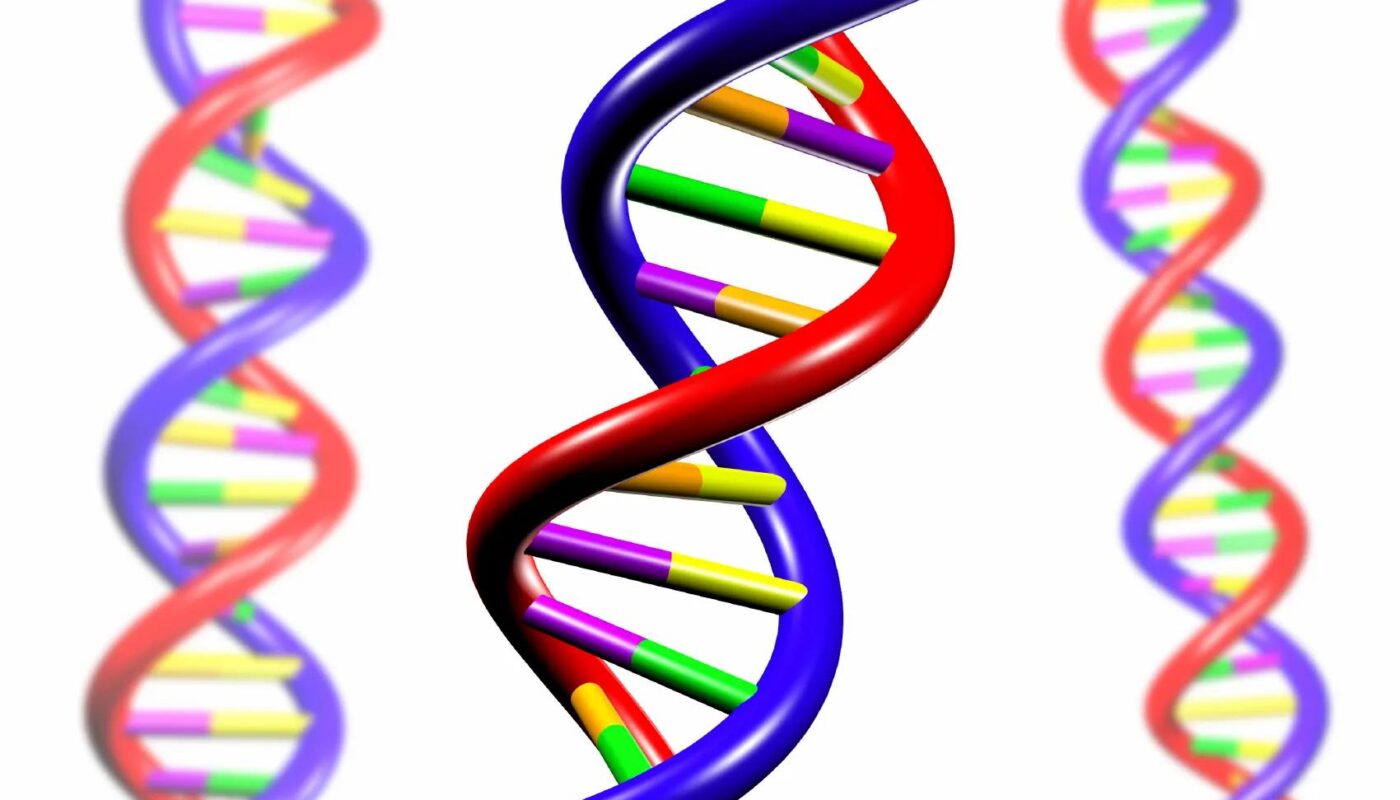Aptamers are synthetic molecules that hold immense potential as diagnostic and therapeutic agents in medicine. These single-stranded DNA or RNA oligonucleotides can be engineered to bind to various molecular targets like proteins and other biomolecules with high specificity and affinity. In just over three decades since their discovery, aptamers have emerged as next-generation therapeutics and are being developed for a wide range of clinical applications.
What are Aptamers?
Aptamers are short sequences of nucleic acids (DNA or RNA) that fold into unique three-dimensional structures enabling them to recognize and bind to molecular targets with high affinity and specificity. Their precise tertiary structure is critical for achieving target binding. Through an in vitro process called Systematic Evolution of Ligands by EXponential enrichment (SELEX), aptamers against various targets are identified from billions of random ssDNA or ssRNA sequences. The selected aptamers bind their targets with similar or even higher affinities than monoclonal antibodies. With a size ranging from 5-30 kDa, aptamers are approximately one-tenth the size of antibodies. Additionally, they are more stable, less immunogenic and have better tissue penetration compared to antibodies.
Potential as Therapeutics
An important advantage of aptamers is their ability to be chemically modified which expands their therapeutic utility. Due to its small size, targeted delivery of aptamers can be achieved by conjugating them to nanoparticles, polymers or other carrier molecules. Aptamer-drug conjugates offer precise targeted delivery of cytotoxic agents. This theranostic approach helps minimize off-target toxicity commonly seen with traditional chemotherapeutics. Several aptamer-drug conjugates are undergoing clinical trials for cancer treatment. For instance, AS1411, an aptamer against nucleolin protein overexpressed on cancer cells, shows promise for acute myeloid leukemia when conjugated to the anthracycline anti-cancer drug, doxorubicin. Similarly, pegaptanib, an anti-VEGF aptamer, is FDA approved for the treatment of neovascular (wet) age-related macular degeneration. Aptamers can also modulate cell signaling pathways by blocking protein-protein interactions that drive disease progression. Due to ease of production through chemical synthesis and low immunogenicity, aptamers are ideal substitutes for monoclonal antibodies across several therapeutic areas.
Role in Diagnostics
Besides therapeutics, Aptamers are finding widespread applications in molecular diagnostics, biosensing, and imaging due to their selective target binding properties. Aptamer-based technologies offer sensitive, rapid and cost-effective diagnostic solutions especially in resource-limited settings. Aptamer-biosensors offer label-free biomarker detection at very low concentrations through simple and portable platforms. For example, sensing of tumor biomarkers and disease-causing pathogens can aid early disease diagnosis and management. Aptasensors for CRP, PSA, HIV, mycobacterium have been developed and demonstrated clinical validity. Additionally, aptamers labelled with fluorescent, radioactive or nanoparticle tags enable in vitro and in vivo visualization of targets through techniques like flow cytometry, positron emission tomography etc. This facilitates disease monitoring and treatment evaluation. One significant advantage over antibodies is that aptamers can be separated from their targets through heating, enabling reusability of the sensors/probes.
Aptamer Selection
Despite their immense potential, aptamers did not gain much commercial adoption initially due to challenges in selection. Traditional SELEX involved labor-intensive processes over multiple rounds and was inefficient in isolating aptamers against difficult targets like membrane proteins and whole living cells. However, technological advancements have made aptamer selection faster, easier and applicable to any target. Automated microfluidic SELEX platforms scale down the procedure, saving considerable time and resources. Cell-SELEX utilizes whole cells as targets enabling selection of cell-type specific aptamers. Capillary electrophoresis and next-generation sequencing further expedite the process of enrichment and aptamer identification. Computational techniques aid in sequence analysis and molecular dynamics simulations provide insights into aptamer structures and binding mechanisms. These developments have boosted aptamer isolation against a wide array of molecular and cellular targets enabling the development of diverse diagnostic and therapeutic applications.
Future Outlook
The field of aptamer technology has shown tremendous growth in just three decades and experts predict an even brighter future. Numerous pre-clinical and clinical studies have demonstrated the success of aptamers as targeting probes for molecular imaging, delivery vehicles for therapeutics and as therapeutics on their own. The growing aptamer pipelines of pharmaceutical companies reflects their recognition as a next-generation drug class. Combinatorial approaches use multiple aptamers simultaneously to achieve synergistic effects. Their modified forms like pegaptanib and Macugen have set precedents for regulatory approval. With continued developments, aptamers may substitute antibodies in diagnostic kits, research tools and as imaging probes. It is anticipated that in the next 5-10 years, more aptamer drugs will receive marketing approvals for cancer, ophthalmology, cardiovascular, inflammatory and infectious diseases. Aptamers are truly revolutionizing healthcare by offering highly specific binding agents with customizable properties and straightforward engineering capabilities. Their future looks extremely promising with growing applications across medicine and allied disciplines
*Note:
1. Source: Coherent Market Insights, Public sources, Desk research
2. We have leveraged AI tools to mine information and compile it



